Housing and Homelessness: Breaking Down Silos for Systems Change
Stanford Social Innovation Review
NOVEMBER 17, 2022
America’s homeless response system has been called “the emergency room of society,” conjuring images of a space where the focus is on urgent intervention—finding shelter or managing encampments—rather than trying to prevent crises from happening in the first place. Housing is the solution to homelessness.

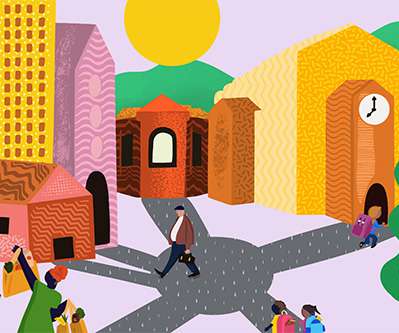


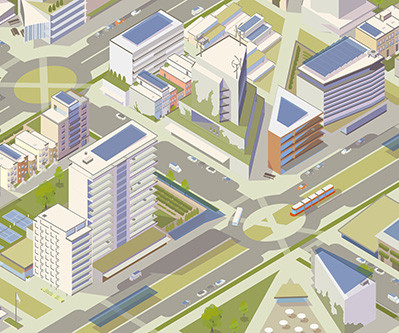


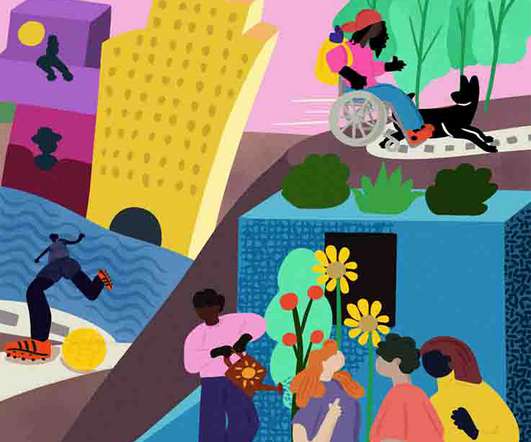

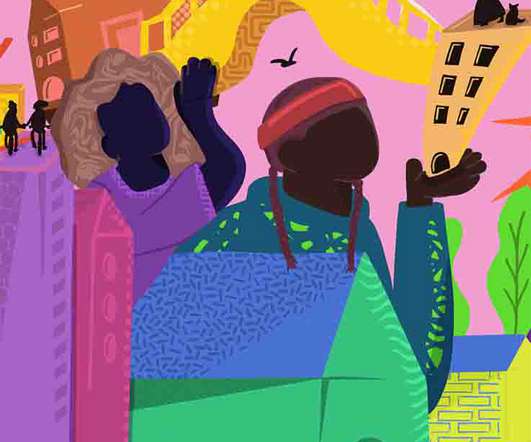





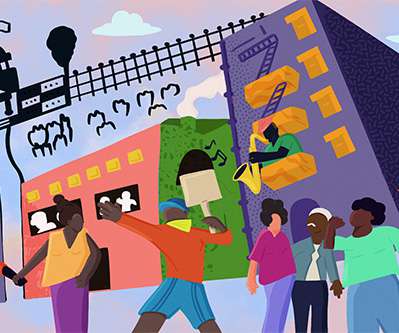






Let's personalize your content